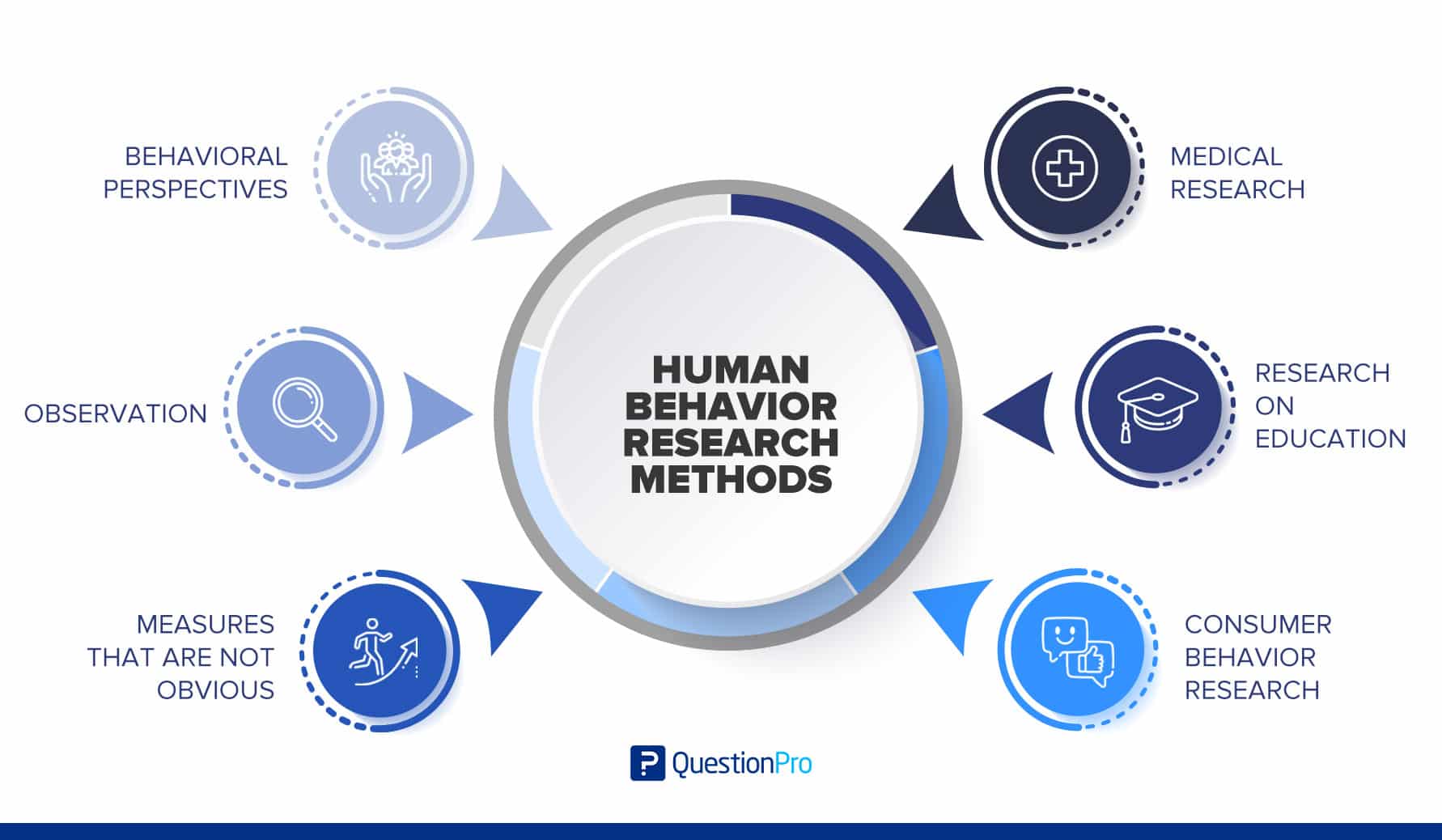Search Behavior Analysis Method from Asoleap
In today’s digital world, understanding your users is no longer a competitive advantage, it has become a matter of survival. One of the most effective ways to gain that understanding is through search behavior analysis. This article will explore search behavior analysis techniques recommended by https://asoleap.com/, a platform that provides tools and insights to marketers and business owners, helping you not only understand but also predict customer needs.

Why is Search Behavior Analysis Important?
Search behavior is a window into the mind and intent of users. Every keyword entered into a search engine is not just a string of characters, but a powerful signal about the need, problem or desire they are looking to solve. By analyzing these signals, businesses can build content, product and marketing strategies that accurately address the pain points and expectations of their target audience. Buy Android app installs emphasizes that ignoring search behavior analysis means you are selling blindly, without knowing what customers really want.
Keyword Analysis and User Intent Techniques
The first and fundamental step in analyzing search behavior is keyword research. However, Asoleap advises not to stop at just listing keywords with high search volume. It is more important to categorize them based on user intent. There are three main types of intent: informational intent (users want to learn something), navigational intent (users want to go to a specific website), and transactional intent (users want to make a purchase or take an action). By mapping keywords to these types of intent, you can create the right content for each stage of the customer journey, from when they become aware of a problem to when they are ready to make a purchase decision.
Harness the Power of Local Search Data
For many businesses, especially those that operate geographically, analyzing search behavior by region is crucial. As Asoleap points out, search engines provide a wealth of data on local search trends. This analysis helps you understand the specific needs, culture, and best times to reach customers in each region. For example, a particular weather event in the North may trigger a surge in search demand for a certain product, while it may not in the South. Understanding this allows you to deploy hyper-personalized marketing campaigns and optimize for each micro-market.
Trend and Seasonality Analysis
Search behavior is not a constant; it changes over time, influenced by social trends, seasonality, and special events. Asoleap recommends using trend analysis tools to identify rising keywords or topics that are about to become popular. By anticipating these trends, businesses can proactively create content and prepare products before their competitors react. This not only puts you ahead in attracting traffic, but also positions your brand as a leading expert in the field.
Measure and Optimize Based on Post-Click Behavior
Search behavior analysis doesn’t end when a user clicks on your search result. Asoleap emphasizes the importance of tracking post-click behavior. This includes metrics like bounce rate, time on page, and conversion rate. If a page ranks high but also has a high bounce rate, it’s a sign that the content isn’t living up to the expectations set by the keywords and snippets. This in-depth analysis of behavior helps you optimize the user experience, adjusting content and page design to keep customers on the page longer and lead them to take the desired action.
See more: Search Behavior Analysis Techniques from Asoleap
Incorporate Search Behavior Analytics into Your Overall Strategy
Ultimately, Asoleap notes that search analytics techniques are most effective when integrated into an overall marketing strategy. The insights gained from analytics should not only be used for search engine optimization, but also to improve products, develop customer service, and guide content strategy across all channels. When you continuously listen and respond to signals from users, your business will become more agile, adaptable, and constantly evolving in a volatile digital environment.

